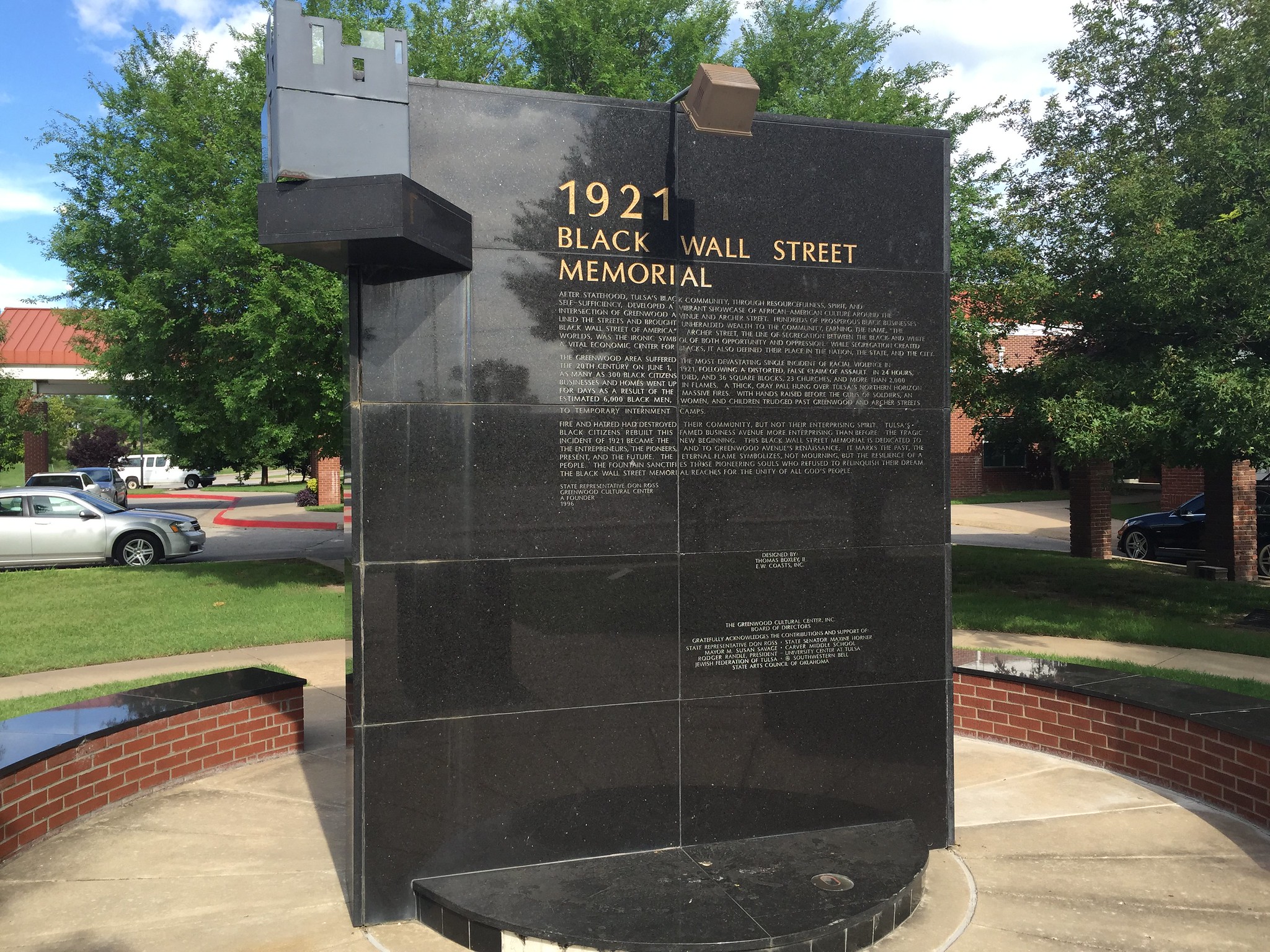An Effort to ID Tulsa Race Massacre Victims Raises Privacy Issues
By Emily Mullin,
Wired
| 09. 06. 2022
Wesley Fryer on Flickr
On the night of May 31, 1921, a white mob descended on the affluent Black neighborhood of Greenwood in Tulsa, Oklahoma. The mob had gathered after the arrest of a Black teenager named Dick Rowland, who had been falsely accused of assaulting a white girl in an elevator. In one of the worst episodes of racial violence in US history, thousands of white vigilantes took to the streets of Greenwood with torches, guns, and bombs.
In a matter of hours, the rioters destroyed more than a thousand homes and hundreds of businesses across 35 blocks of the Greenwood district—so prosperous it was called “Black Wall Street.” Historians estimate that dozens to as many as 300 Black people were killed during the massacre. Some are believed to have been buried in unmarked graves. In 2020, the city of Tulsa finally began excavations to search for those graves. So far, archaeologists have exhumed 19 sets of human remains at a local cemetery that may be linked to the massacre.
Now, scientists working for the city have obtained enough...
Related Articles
By Katherine Long, Ben Foldy, and Lingling Wei, The Wall Street Journal | 12.13.2025
Inside a closed Los Angeles courtroom, something wasn’t right.
Clerks working for family court Judge Amy Pellman were reviewing routine surrogacy petitions when they spotted an unusual pattern: the same name, again and again.
A Chinese billionaire was seeking parental...
By David Jensen, The California Stem Cell Report | 12.11.2025
California’s stem cell and gene therapy agency today approved spending $207 million more on training and education, sidestepping the possibility of using the cash to directly support revolutionary research that has been slashed and endangered by the Trump administration.
Directors...
By Sarah Kliff, The New York Times | 12.10.2025
Micah Nerio had known since his early 30s that he wanted to be a father, even if he did not have a partner. He spent a decade saving up to pursue surrogacy, an expensive process where he would create embryos...
Several recent Biopolitical Times posts (1, 2, 3, 4) have called attention to the alarmingly rapid commercialization of “designer baby” technologies: polygenic embryo screening (especially its use to purportedly screen for traits like intelligence), in vitro gametogenesis (lab-made eggs and sperm), and heritable genome editing (also termed embryo editing or reproductive gene editing). Those three, together with artificial wombs, have been dubbed the “Gattaca stack” by Brian Armstrong, CEO of the cryptocurrency company...




